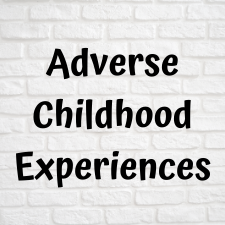
Parent’s threat perception plays a major role in seeking out health care. Also, it feels the chronic abdominal pain. Children were taken for consultation because of the chronic abdominal pain, which is found the common reason.
Some parents are quick to take their kids to the doctor’s office, that pile up the bills for expensive medical testing. In addition, parent’s threat perception plays major role that leads them to a higher medical services and negatively influence the prognosis of child pain, according to the new study.
Parent’s threat perception plays major role on how often does child should seeks health care (1). This study was published in the November 2016 issues of the journal Pain Research & Management. Working with 151 parent-child pairs, with children who suffer from chronic abdominal pain. They came in the pediatric gastroenterologist during examination. The children in the study ages from 6-17.
The children who participated in the study found different of medical diagnoses. Like, 7.3 percent being lactose intolerant, 27.8 percent fructose malabsorption, 7.9 percent having both of these, 2 percent having carbohydrate malabsorption, 5.3 percent having constipation, and 49.7 percent having gastrointestinal disorder. The children rated their pain intensity and pain frequency, using a 6-point scale. Parents also rated the felt severity of their child’s abdominal pain.
What the result of their study shows that a parent’s threat perception of the child’s pain going through has a major role in seekig health care. In fact, child’s number of medical visits linked to the parent’s threat perception. This suggests that parents take their child for medical visits base of their own pain threat perceptions, rather, than child’s damage experience.
Researchers suggested that medical community help reduce the health care costs by meeting on the parent’s threat perception. In addition, it helps correcting the attitude responses to the children’s complaints about pain. The parent’s threat perception used to decisions, as well as, in dealing medical visits more than needed.
Sources:
- Pain Research & Management. 2016; 2016: 3183562. https://www.ncbi.nlm.nih.gov/pmc/articles/PMC5143725/







